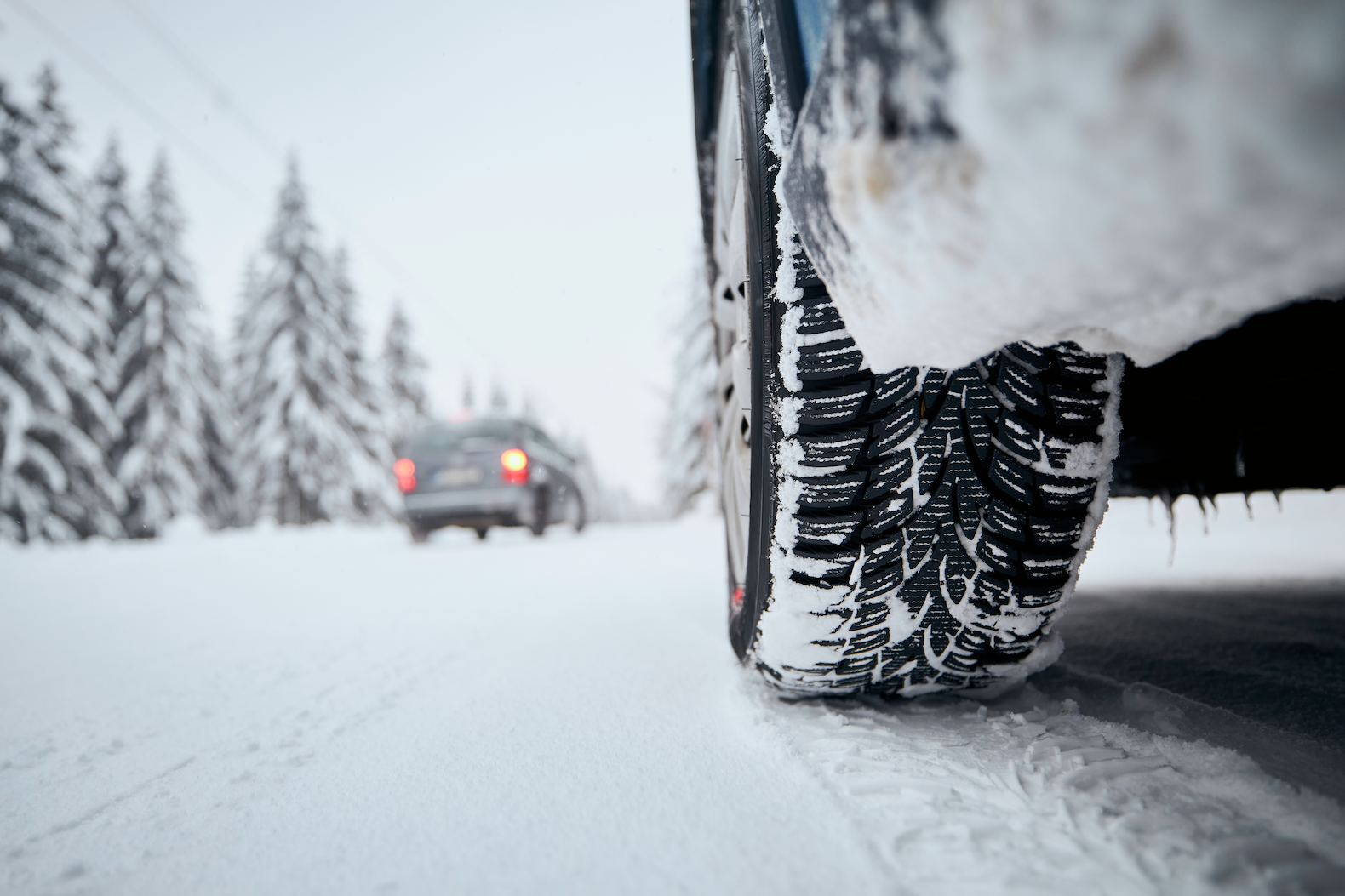As winter quickly approaches, having superior braking power in your vehicle is a top priority. Driving on winter roads with poor brakes is a major safety concern for vehicle owners. It is crucial to understand when your vehicle might need a brake job. In this month’s blog post, we look at the top signs for when it is time to have your brakes checked and what is involved in a typical brake job.
Common Braking Issues and Symptoms
- Squeaking or Squealing Noise: This is often the first sign. It’s caused by a small metal shim called an indicator, which gives an audible warning that the brake pads need to be replaced.
- Grinding Noise: This suggests that the brake pads are worn out, causing the metal of the calipers to grind against the metal of your vehicle rotors.
- Vibration in the Brake Pedal: This could indicate warped rotors. The uneven surface can cause the brake pads to grip the rotor unevenly, leading to vibration.
- Reduced Responsiveness or Fading: If your brakes are not as responsive as they should be or if the pedal “sinks” toward the floor, this could be an indication of a leak in the braking system. Loss of brake fluid is usually tied to a leak somewhere in the brake lines.
- Pulling to One Side: If your vehicle pulls to one side while braking, it may be a sign that the brake linings are wearing unevenly or that there is foreign matter in the brake fluid.
- Burning Smell While Driving: A sharp, chemical odor after repeated hard braking on steep roads is a sign of overheated brakes or clutch. You should immediately pull your vehicle over to a safe spot off the road to prevent overheating and possible brake failure.
- Pedal Feels “Spongy”: If the brake pedal feels soft or “spongy,” it could indicate air in the brake lines or a problem with the master cylinder.
- Car Takes Longer to Stop: If your vehicle takes longer to stop than it normally does, it’s a clear sign that there is a problem with the brakes.
- Warning Light: If your brake warning light comes on, don’t ignore it. It’s your car’s way of telling you that something is wrong with the braking system.
A brake job usually involves replacing the brake linings (new disc brake pads and/or drum brake shoes), resurfacing the rotors and drums, adding new brake fluid, bleeding the system, and inspecting/replacing any other worn components.
If you experience any of these signs, it’s important to get your vehicle to a service professional as soon as possible. Remember, regular brake inspections should be part of your vehicle’s ongoing maintenance, helping to ensure its safety and reliability. To schedule a brake inspection, contact the professionals at Best Western Transmission.

